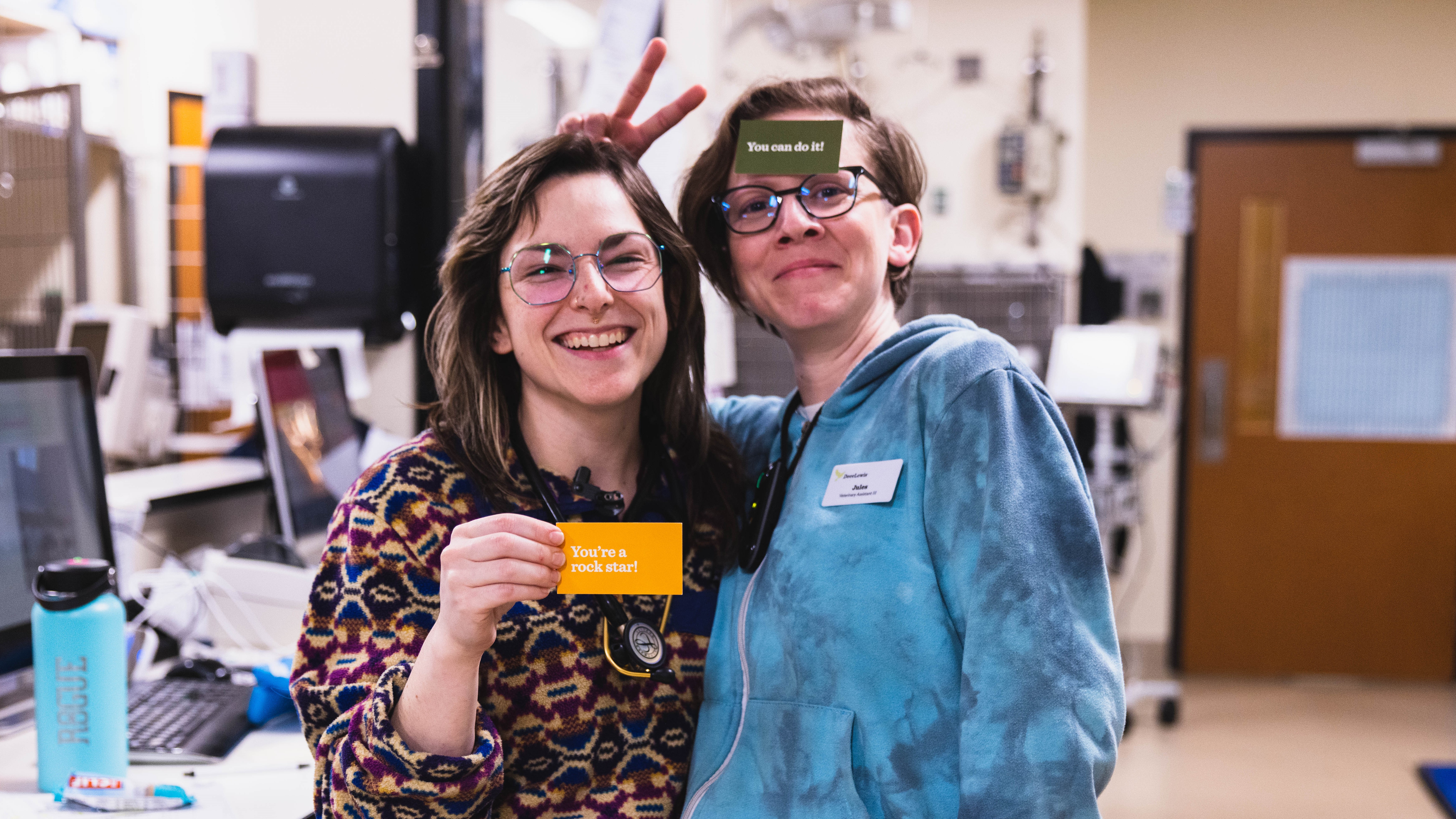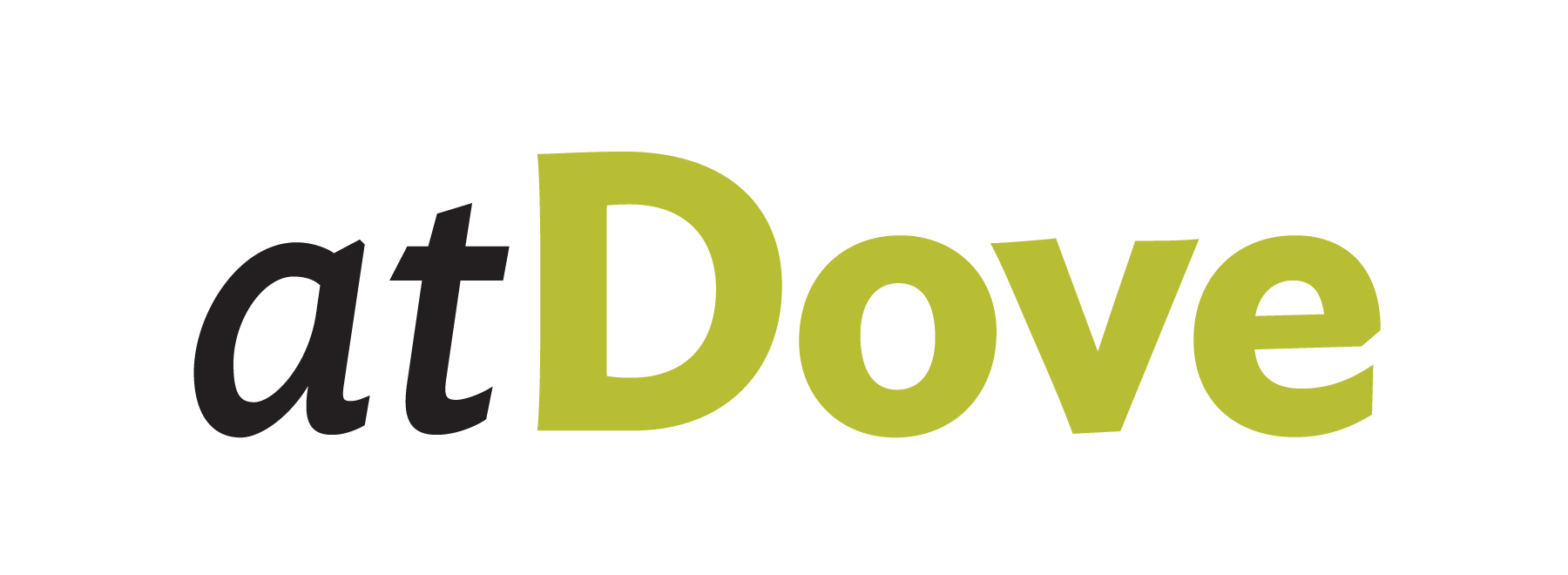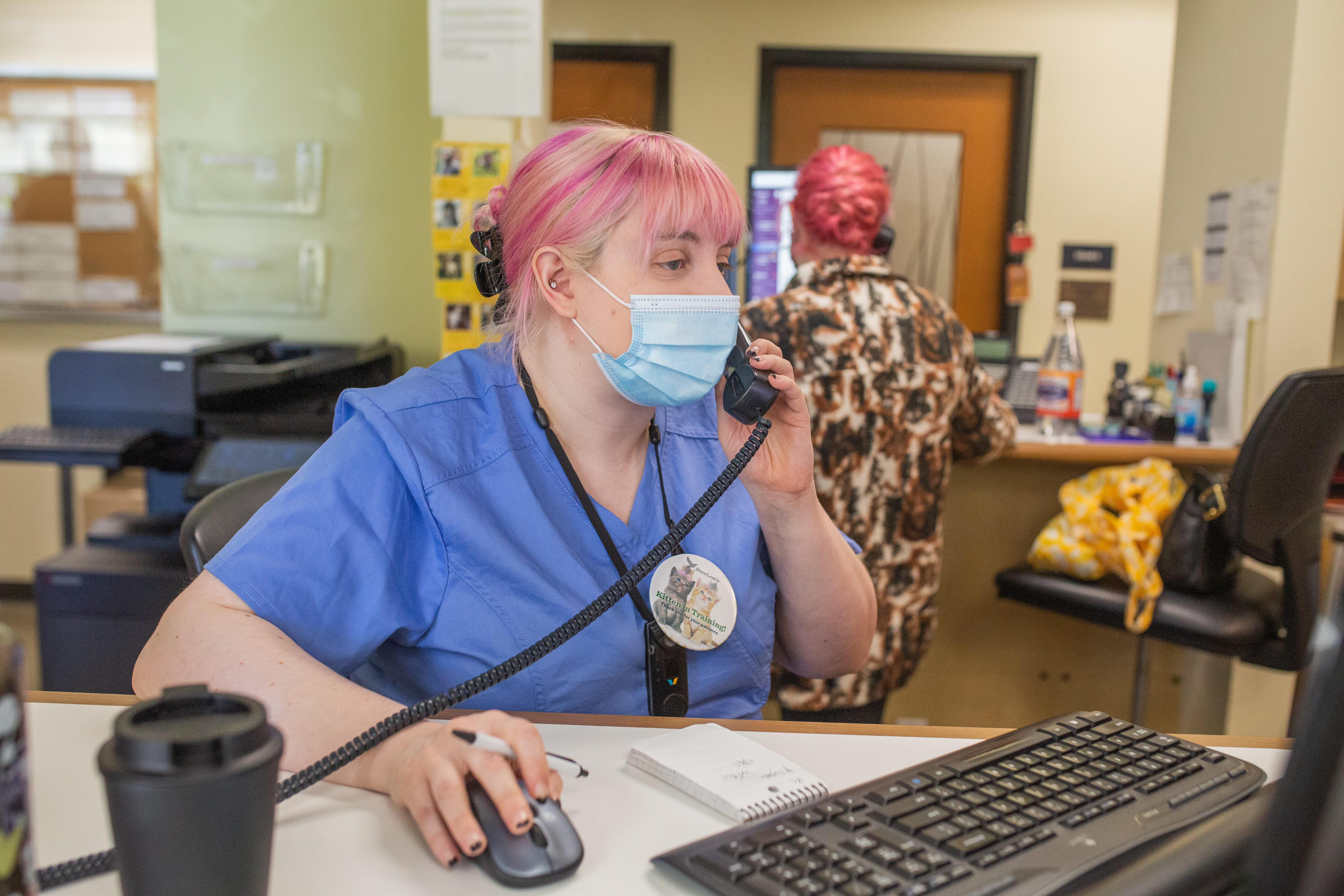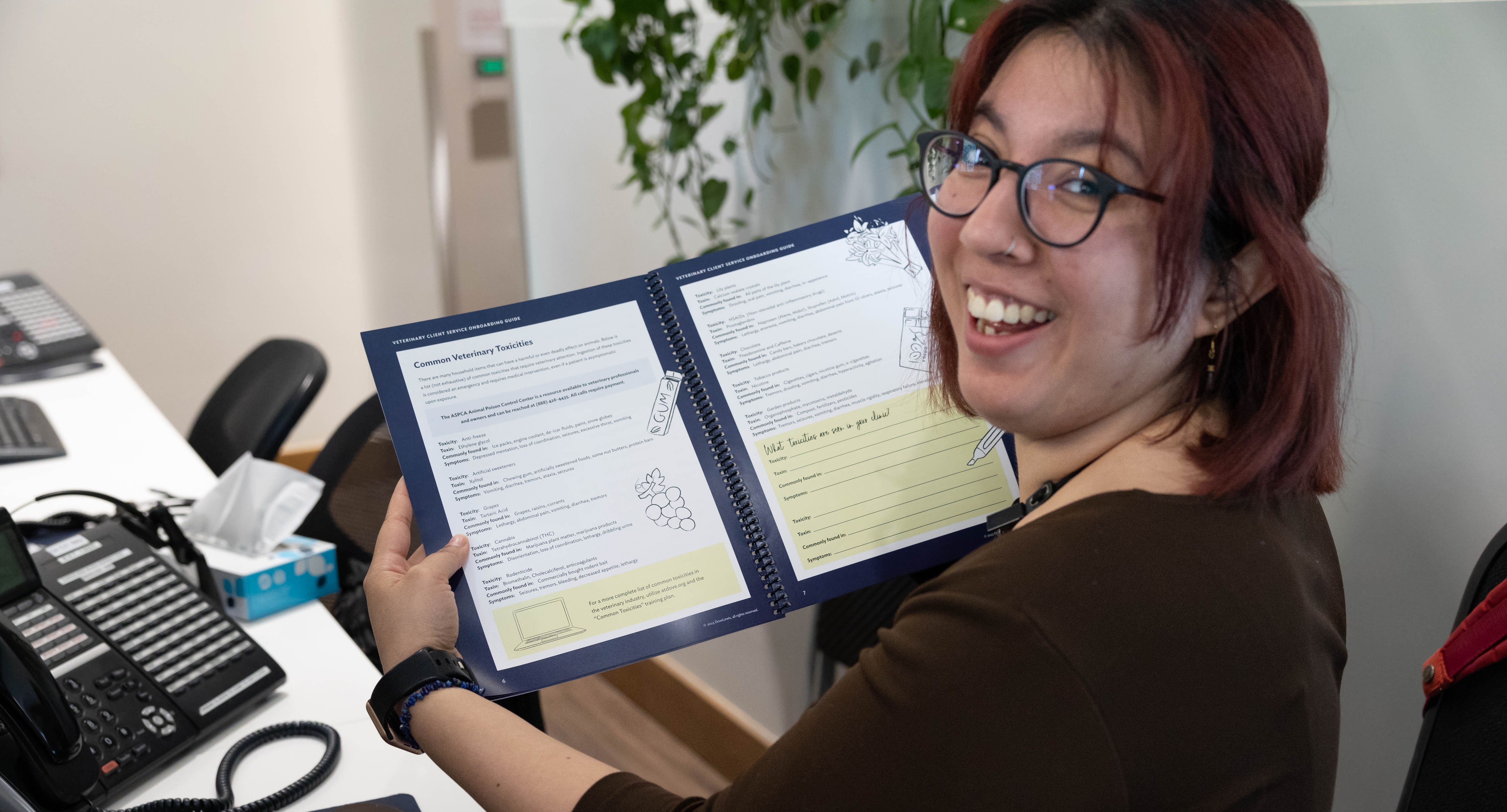Resilience in Veterinary Medicine

Five years ago, just shy of completing my first year working as a CVT, I would have told you that veterinary medicine was not for me and that resilience wasn’t possible in this field. I was working in a general practice (my first job out of tech school) and I was on the verge of leaving the field completely. Never-ending days, an ever-changing schedule, and feeling like I wasn’t being utilized to the best of my technical abilities had left me feeling as though I needed to explore other career options. But, on the advice of a very wise tech school mentor who encouraged me not to let my first clinical experience make or break my career as a technician, I submitted one last job application.
Fast forward five years, and I’m still at the “one last job” I applied for. Is that resilience? Maybe. Maybe it’s stubbornness, determination, or just learning what does and doesn’t work for you in your career. Don’t get me wrong, I have certainly had my fair share of ups and downs in the past five years and that has not been the first nor will it likely be the last time I will consider leaving the field. But the one thing I can say for sure is that it has taught me a lot about myself and about setting boundaries, and that has helped keep me in this field. While I don’t think the path to resilience is the same for every individual, these are some of the things that have worked for me.
First and foremost – give yourself permission to say no. Veterinary professionals as a whole want to do everything and anything for pets and the people that love them, but we cannot say yes all the time. Know that by saying no, you aren’t letting your team down, you aren’t letting the pet owners or the pets themselves down, you are taking care of you. Don’t ever let anyone make you feel guilty for that.
Second – give yourself permission to rest. This was a particularly hard one for me to learn. As someone who has always thrived on having measurable proof of productivity in my spare time (crafting, knitting, baking, etc.), it took me a long time to learn that my self-worth is not determined by my productivity. So, if you just need a day (or five) to binge-watch your favorite TV show, or reread your favorite book or spend the day in nature; do it! Your responsibilities, hobbies, etc. will still be there when you come back to them and you’ll be in a better place to pursue them.
Third – give yourself permission to slow down. I think for many veterinary professionals, it took a global pandemic to really drive this one home. With the pandemic-driven increase in pet ownership and thus patient counts, the continued shortage of veterinary personnel across the board has spread the community even thinner; there truly never seem to be enough hours in the day to accomplish all the things that we are expected to. When we are several hours behind in the ICU and there are multiple discharges up, I consistently have to remind myself to take a breath and slow down. The owner waiting in the exam room for me to discharge their pet doesn’t know how far behind we are or how much further behind they are putting me when they have a million questions; all they care about is their animal and that is admirable, important and deserves the time that it takes, be it 5 minutes or 60 minutes. Honestly, sitting in the exam room with owners is often one of the best parts of my day.
Last and certainly not least – give yourself permission to keep learning. Even when the days seem impossible and the revolving door of patients feels like a choose-your-own veterinary misadventure, remember that every patient that walks through our doors has something to teach us whether it is just to have a little bit more patience and compassion or that tricky central line placement that you have been itching to try. Take heart in the fact that both lessons are equally as important and valuable.


